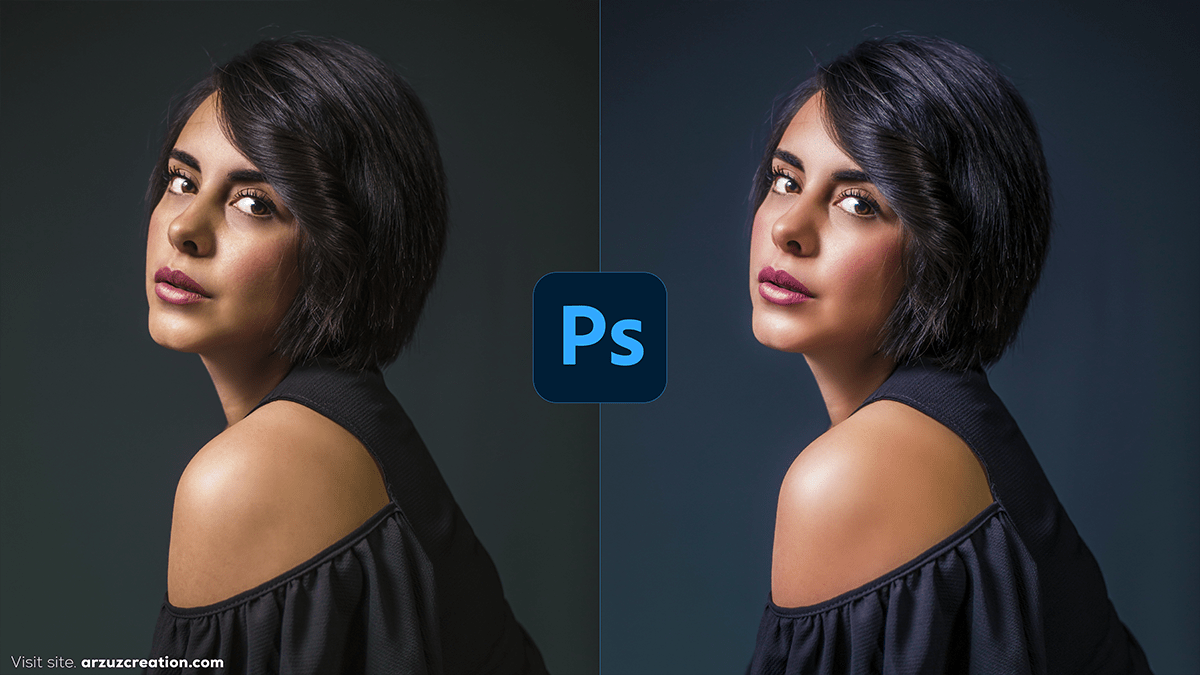Photoshop Photo Editing: Learn, Professional Photo Editing Work,

Therefore, To learn professional photo editing in Photoshop, you’ll want to master the core tools and techniques that can transform images while maintaining a natural look. In other words, Here’s a structured approach:
1. Understanding Basic Photoshop Tools:
- Layers & Masks: However, Layers allow you to work on different parts of the image separately. Masks are essential for making precise, non-destructive edits.
- Adjustment Layers: Tools like Curves, Levels, and Hue/Saturation are used to adjust exposure, contrast, and color without altering the original image.
- Selection Tools: Master the Pen tool, Lasso tool, and Quick Selection tool to isolate parts of your image for targeted editing.
2. Professional Retouching Techniques:
- Frequency Separation: This technique separates texture from color, allowing you to smooth skin while keeping its natural texture intact. It’s widely used in portrait photography.
- Dodge & Burn: Enhance the highlights and shadows to add depth and dimension to the image. This is useful for retouching portraits, landscapes, and product photography.
- Healing Tools (Spot Healing, Patch Tool): These tools help in removing blemishes or imperfections from the image.
3. Photoshop Photo Editing: Learn, Color Grading:
- Curves & Levels: However, These are crucial for adjusting the tonal range and contrast in an image, giving it a professional look.
- Color Balance: Fine-tune the color balance to correct or create a specific mood in the image.
- Gradient Maps: However, For more creative color grading, gradient maps allow for artistic color effects.
4. Working with Lighting and Contrast:
- Using the Dodge and Burn Tools: Lighten or darken areas to create a more dynamic range.
- Sharpening Techniques: Tools like High Pass Filter and Smart Sharpen can make your photos look crisper without adding too much noise.
5. Photo Manipulation:
- Blending Modes: Use blending modes like Multiply, Screen, or Overlay to create surreal, professional photo effects.
- Compositing: After that, Learn how to combine multiple images seamlessly using masks and blending techniques.
Photoshop Photo Editing: Learn, Professional Photo Editing Work,

6. Photoshop Photo Editing: Learn, Batch Editing:
- Actions: In addition, Automate repetitive tasks by creating actions for adjustments you frequently make.
- Lightroom & Camera Raw Integration: After that, Many professional workflows use Adobe Camera Raw or Lightroom for initial color corrections and batch processing.
7. Advanced Techniques:
- Liquify Tool: Above all, Useful for making subtle adjustments to the body shape or facial features, often used in fashion or beauty photography.
- Advanced Masking: In addition, Mastering complex selections like hair or transparent objects using channels or refined edge tools.
8. Photoshop Photo Editing: Learn, Plugins and Presets:
- Above all, Various third-party plugins can speed up your editing process, like Nik Collection or ON1 Effects, which offer additional filters and tools.
9. Non-Destructive Editing:
- For instance, Always work in a way that allows you to go back and tweak your edits. This includes using Smart Objects, adjustment layers, and masks.
Resources for Learning:
- Adobe Tutorials: Above all, The official Adobe website offers free tutorials for beginners to advanced users.
- YouTube Channels: In addition, Channels like Phlearn and Piximperfect are great for learning Photoshop techniques.
- Online Courses: For instance, Platforms like Udemy or Skillshare provide comprehensive courses on professional photo editing.
As you get more comfortable, you’ll develop your unique workflow. Practice and experimenting are key!
